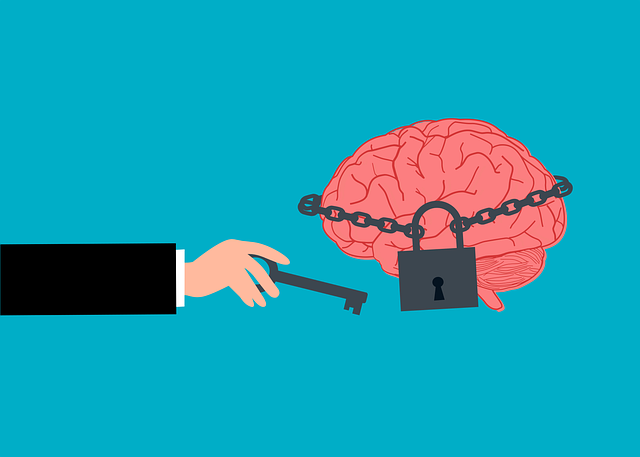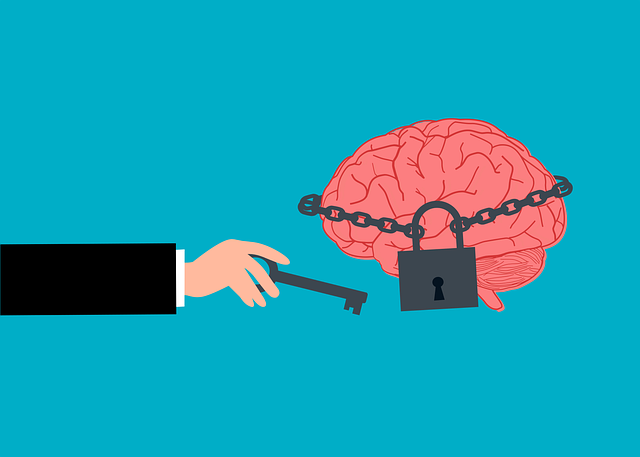Mental wellness journaling provides a safe haven and powerful tool for healing among young abuse survivors by offering an outlet for emotional expression and self-reflection, thereby managing anxiety, challenging negative thought patterns, and promoting positive mindsets. Personalized journaling spaces, combined with creative exercises like drawing feelings and stress management techniques, enhance therapy and empower children to take charge of their mental health while cultivating resilience and healthy emotional habits.
Mental wellness journaling offers a powerful tool for young survivors of abuse, providing a safe space for self-reflection and healing. This article guides parents and caregivers through understanding and implementing this therapeutic practice. We explore effective techniques tailored for young minds, focusing on exercises that foster growth and resilience. By creating a structured yet nurturing environment, individuals can navigate the journey towards mental wellness, offering a promising path forward for therapy in handling complex past experiences.
- Understanding Mental Wellness Journaling for Young Survivors
- Creating a Safe Space: Setting Up the Journaling Practice
- Effective Techniques and Exercises for Healing and Growth
Understanding Mental Wellness Journaling for Young Survivors

Mental wellness journaling can be a powerful tool for young survivors of abuse, offering them a safe and private space to process their experiences and emotions. This therapeutic practice encourages self-reflection and expression, which are essential components of healing. By jotting down thoughts, feelings, and memories, young survivors can begin to make sense of their past traumas and start to build resilience.
Journaling provides an outlet for emotional release, helping to manage anxiety relief and promoting a sense of calm. Through this practice, they can explore and challenge negative thought patterns, fostering the development of positive mind over matter principles. Community outreach program implementations that incorporate mental wellness journaling into support systems can significantly benefit young survivors’ therapy, empowering them to take control of their mental health and well-being.
Creating a Safe Space: Setting Up the Journaling Practice

Creating a safe space is a vital step in establishing a mental wellness journaling practice—especially for young children who have experienced abuse or trauma. This dedicated area, free from interruptions, allows them to feel secure while they explore their thoughts and emotions through writing. It can be a corner of a room with a comfortable chair, a special box to hold the journal, or even a secret hiding spot. The key is to make it their own personal sanctuary where they can express themselves without fear or judgment.
Incorporating elements that promote comfort and calmness—such as soft lighting, favorite toys, or a view of nature—can further enhance this safe space. This environment facilitates the development of self-esteem improvement and mindfulness meditation skills, which are crucial for processing trauma and building resilience. It also encourages the establishment of a regular self-care routine development for better mental health, enabling children to cultivate a healthy relationship with their emotions and thoughts.
Effective Techniques and Exercises for Healing and Growth

Healing and growth for young children who have experienced abuse can be facilitated through effective journaling exercises. One powerful technique is to encourage them to draw their feelings rather than writing about them, especially if verbalizing emotions proves challenging. This visual method allows them to express trauma-related experiences, fears, or joys in a non-verbal way, providing therapists and caregivers with valuable insights.
Additionally, incorporating stress management and emotional regulation techniques within journaling practices can be immensely beneficial. Simple breathing exercises before beginning to write, along with guided visualizations, help children calm their minds and prepare for the therapeutic process. These tools not only enhance their ability to reflect but also empower them with strategies to navigate and manage their emotions effectively.
Mental wellness journaling offers a powerful tool for young survivors of abuse to navigate their emotional landscape. By creating a safe space through structured exercises, individuals can facilitate their own healing and growth. This practice, inspired by therapy for young children who have experienced trauma, empowers them to process complex emotions, gain insight, and foster resilience. Through effective techniques tailored to their unique needs, journaling becomes a transformative journey towards mental wellness.














